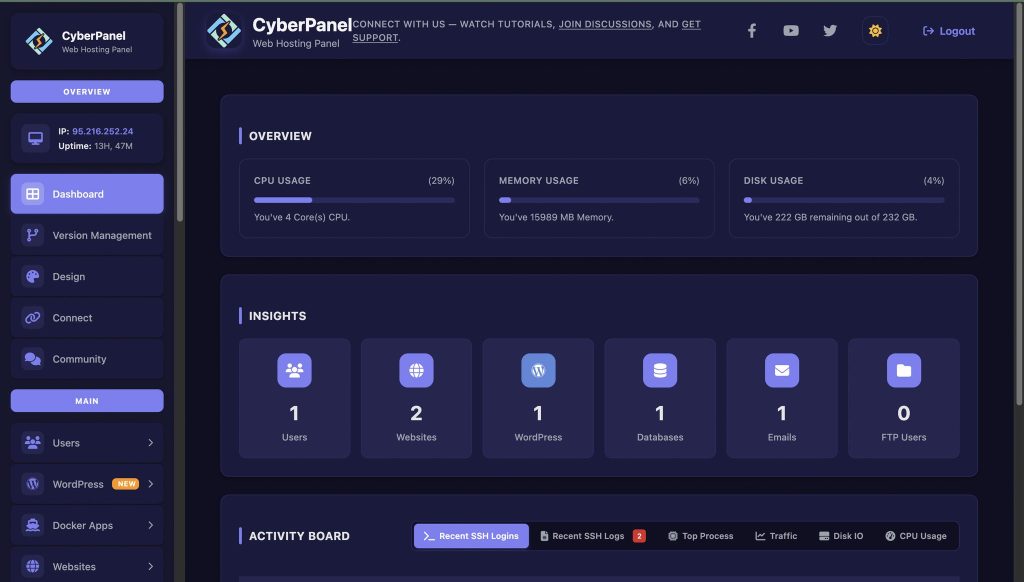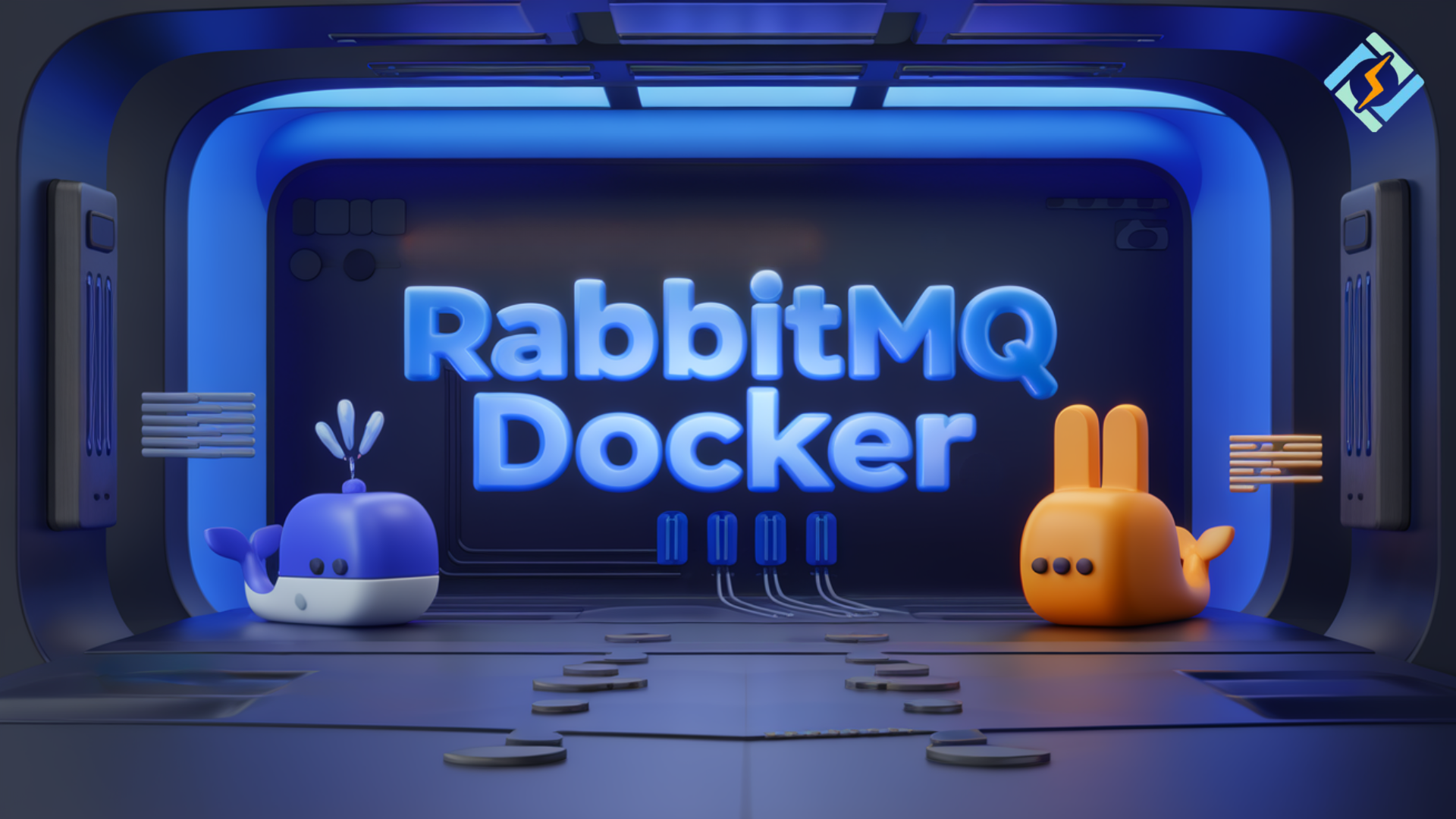Message brokers are what keep distributed systems connected and reliable. RabbitMQ (Docker) is a simplified way of creating a lightweight, portable, and scalable message broker, without those IT server headaches. Whether you are using microservices or an event-driven architecture, Dockerizing RabbitMQ is going to save you lots of time deploying, configuring, and scaling.
This article will demonstrate how to use RabbitMQ with Docker, how to spin it up using Docker-Compose, and the benefits of using RabbitMQ with Docker as part of the modern application. As a bonus, you will also see practical examples, commands, and a complete Docker-Compose configuration that will run in multiple environments.
After reading this, you will understand how to run RabbitMQ Docker containers effectively and how to implement them into your workflow.
What is RabbitMQ Docker?
RabbitMQ Docker means you will run RabbitMQ in a Docker container; instead of installing RabbitMQ manually yourself, you will create a RabbitMQ Docker image and run the Docker image as a container. You will get the quickness of spin-up, an easier upgrade path, and a consistent environment across all development, staging, and production.
How to Run Docker RabbitMQ Easily?
You can run Docker RabbitMQ with a single command. Here’s the simplest example:
docker run -d --name rabbitmq -p 5672:5672 -p 15672:15672 rabbitmq:management
Explanation:
Get exclusive access to all things tech-savvy, and be the first to receive
the latest updates directly in your inbox.
-druns the container in detached mode--namegives your container a readable name- Ports
5672(AMQP protocol) and15672(management UI) are mapped rabbitmq:managementimage includes the RabbitMQ Management Plugin
Once it runs, you can access the management interface at:http://localhost:15672
Default credentials: user guest / password guest.
What is the Process for using Docker Compose RabbitMQ to build Apps Using Multiple Services?
RabbitMQ Docker Compose allows you to define and manage multiple services (e.g., RabbitMQ and your application) together. It will simplify your application integration life. Simply create a docker-compose.yml file:
version: '3'
services:
rabbitmq:
image: rabbitmq:management
container_name: rabbitmq
ports:
- "5672:5672"
- "15672:15672"
volumes:
- rabbitmq_data:/var/lib/rabbitmq
volumes:
rabbitmq_data:
Run:
docker compose up -d
This configuration ensures persistence, easy service linking, and effortless restarts.
What are the Benefits of Using RabbitMQ and Docker Together?
Using RabbitMQ and Docker together provides several clear advantages:
| Benefit | Description |
|---|---|
| Portability | Same container runs across dev, staging, and production without changes. |
| Speed | Instant setup using pre-built RabbitMQ Docker images. |
| Scalability | Launch multiple instances or clusters quickly. |
| Isolation | RabbitMQ runs independently without interfering with the host system. |
| Easy Upgrades | Pull new images and restart without complex migrations. |
How to Persist RabbitMQ Data Between Restarts?
By default, container data is ephemeral, so in order to persist data, simply map volumes.
volumes:
- rabbitmq_data:/var/lib/rabbitmq
Then your queues and messages can persist between container restarts, ready for production!
What CyberPanel Does

CyberPanel, a web hosting control panel, enables simple cloud and server management, allowing you to run RabbitMQ Docker containers directly on a server managed through it. With Docker, you can run RabbitMQ, monitor its performance, and manage it through an uncomplicated interface without the hassle of configuring any of it yourself.
Final Thoughts!
Running RabbitMQ in Docker is one of the simplest ways to launch a reliable, scalable, and portable message broker. It saves time on setup, opens the possibility for advanced configurations, and fits well with microservice and cloud-native environments. Docker Compose also makes managing your messaging even easier.
Get started with RabbitMQ Docker today and put fast, reliable messaging behind your applications!

People Also Ask
Can I cluster RabbitMQ using Docker?
Yes. You can run multiple containers, configure RABBITMQ_NODENAME, and use Docker networks to cluster instances easily.
Can I use Docker Compose with other services alongside RabbitMQ?
Yes. Docker Compose lets you run RabbitMQ with APIs, workers, databases, and more within a single configuration.
Is RabbitMQ in Docker production-ready?
Yes, when properly configured with volumes, environment variables, and monitoring. Many companies use Dockerized RabbitMQ in production.
How do I access RabbitMQ UI when using Docker?
Map port 15672 to your host and visit http://localhost:15672. Use the default credentials to log in.



